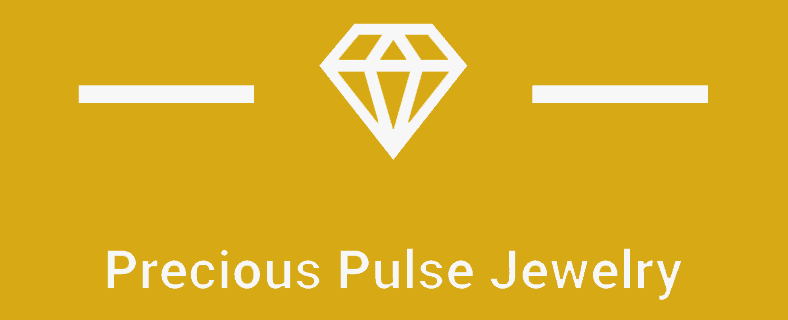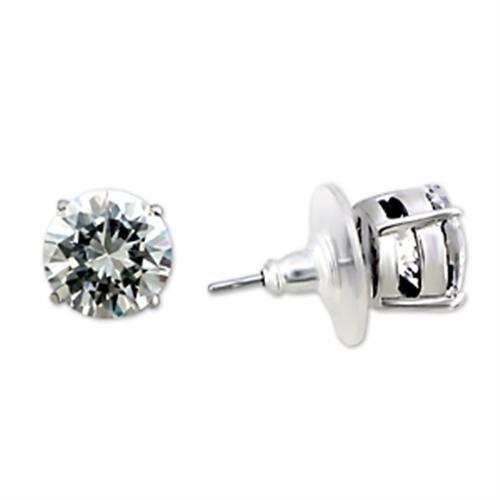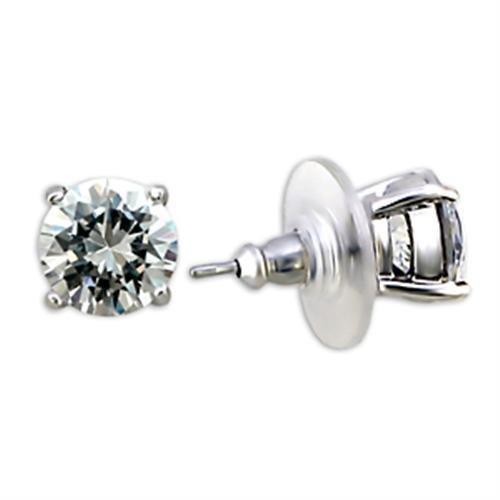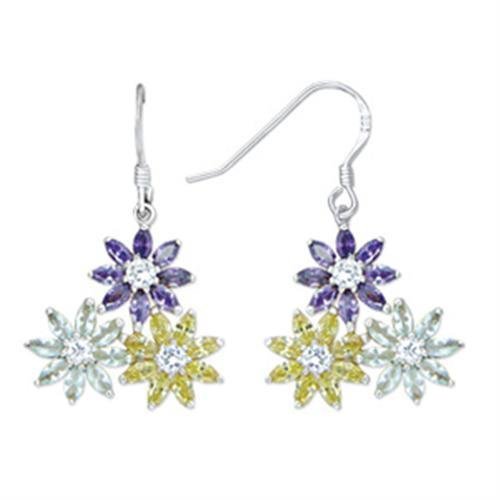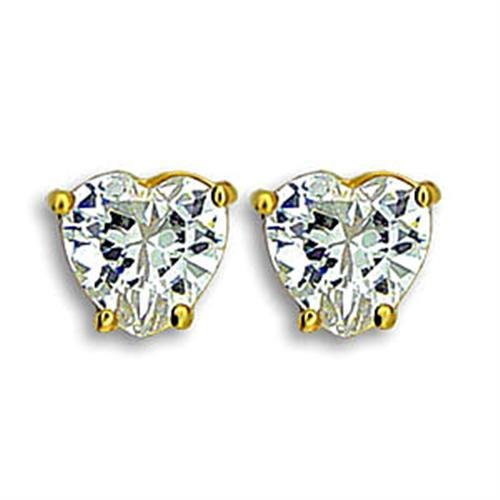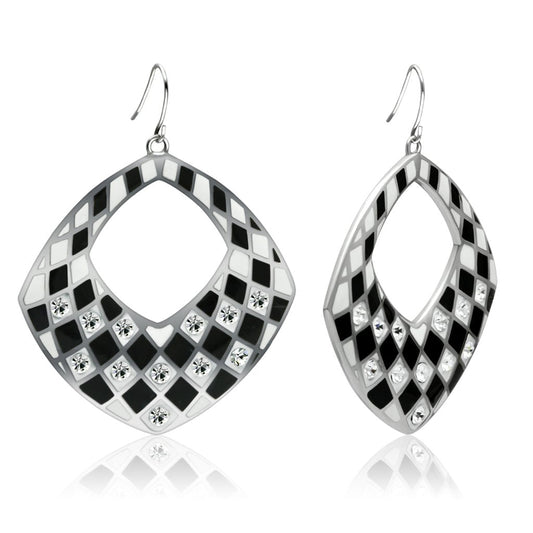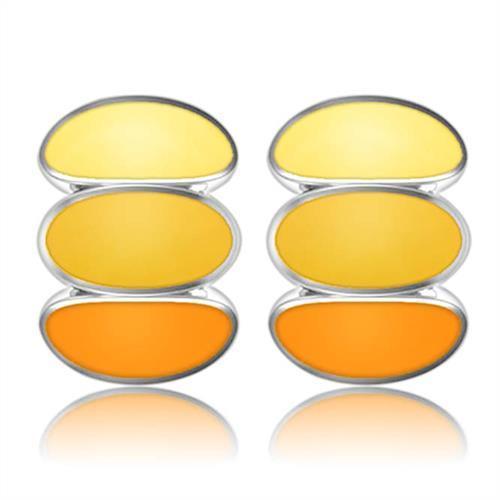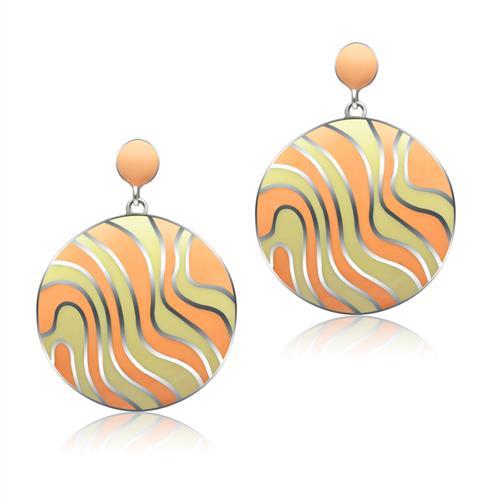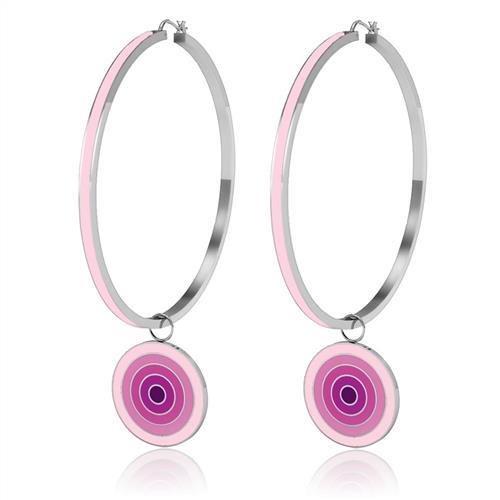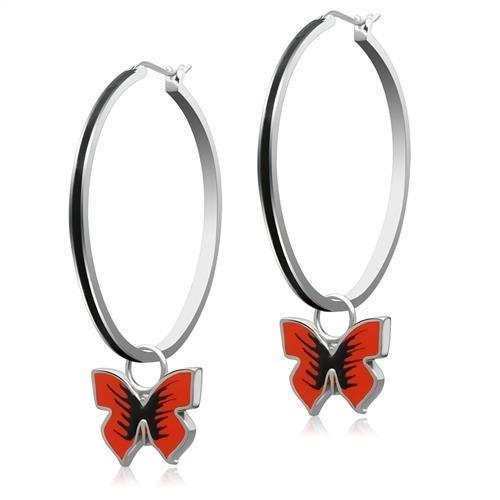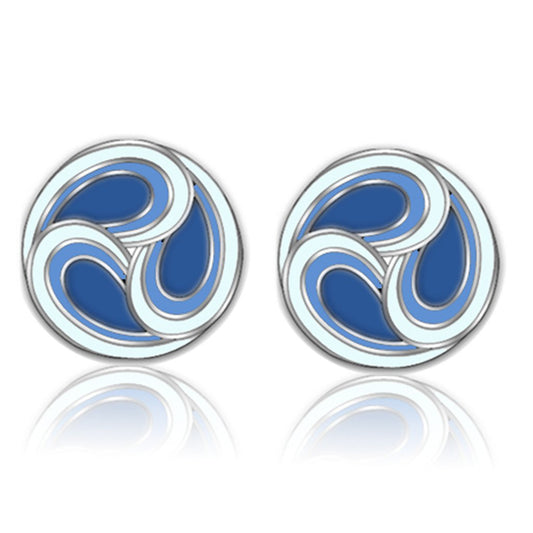Understanding the value of gold relative to other precious metals helps investors and collectors make informed decisions. Gold prices are influenced by various factors, including global economic conditions, supply and demand, and geopolitical stability. This article explores the differences between gold and other precious metals, providing insights into the gold-silver ratio, platinum, and palladium prices, and how the spot price impacts buying decisions.
Table of Contents
- Gold vs. Silver
- Gold vs. Platinum
- Gold vs. Palladium
- Precious Metal Market Dynamics
- Gold in Investment Strategies
- The Role of Precious Metals in Portfolios
- Understanding the Spread and Live Price
- Precious Metals Market Trends
- The Future of Gold and Other Precious Metals
- Frequently Asked Questions (FAQ)
- Conclusion
Gold vs. Silver
Gold Price
Gold is valued for its rarity and has been a symbol of wealth throughout history. The gold price per troy ounce often serves as a barometer for global economic health, with prices fluctuating based on market conditions and investor sentiment. Gold is widely regarded as a safe-haven asset, making it a popular choice in uncertain economic times.
Silver Price
Silver, while also a precious metal, differs in its industrial uses and investment demand. The silver price per troy ounce is generally lower than that of gold, making it more accessible for investors. The price of silver is heavily influenced by industrial demand and changes in technology, which makes its market more volatile compared to gold.
Gold-Silver Ratio
The gold-silver ratio expresses the value of gold relative to silver and is calculated by dividing the price of one ounce of gold by one ounce of silver. This ratio provides insights into the relative performance of both metals. For instance, a high gold-silver ratio indicates that gold is outperforming silver, while a low ratio suggests that silver is gaining on gold.
Gold vs. Platinum
Platinum Price
Platinum is another precious metal that has significant industrial and investment demand. The platinum price per troy ounce is typically higher than that of gold due to its rarity and the complexities of mining it. However, the price of platinum can fluctuate more sharply due to its sensitivity to industrial trends, especially in the automotive industry.
Gold vs. Palladium
Palladium Price
Palladium is less well-known than gold and silver but plays a crucial role in automotive manufacturing, particularly in catalytic converters. The palladium price per troy ounce can often exceed that of gold due to supply constraints and increasing demand in the auto industry.
Precious Metal Market Dynamics
Spot Price and Premium
The spot price of precious metals reflects the current market value per troy ounce. Buyers must also consider the premium, which is the extra amount added to the spot price. This premium covers manufacturing, transportation, and storage costs. Understanding the spread and live price dynamics is essential for making informed purchases.
Gold in Investment Strategies
Bullion
For many investors, gold bullion is a tangible form of wealth preservation. Bullion includes gold bars and coins that are valued based on their weight and purity. They are commonly purchased as a long-term investment to hedge against inflation and currency devaluation.
Exchange-Traded Funds (ETFs)
Gold ETFs offer an alternative to physical ownership. They allow investors to gain exposure to the gold market without the need for secure storage. However, the performance of ETFs is tied to the spot price and market dynamics, and they carry fees that can impact returns over time.
Numismatic Coins
Some investors prefer to buy numismatic coins, which have historical or collectible value beyond their metal content. These coins can be more expensive than bullion due to their rarity and condition, making them a specialized investment within the precious metals market.
The Role of Precious Metals in Portfolios
Diversification
Precious metals, including gold, silver, platinum, and palladium, can diversify a portfolio. Their value is often inversely correlated with the stock market, which means they tend to hold or increase their value during economic downturns. This helps investors mitigate risk.
Inflation Hedge
Gold, in particular, is known for being an effective hedge against inflation. As the purchasing power of fiat currencies declines due to inflation, the value of gold generally rises. This makes gold an appealing option for investors looking to preserve their wealth in the long term.
Understanding the Spread and Live Price
Spread
The spread represents the difference between the buy and sell prices of a precious metal. A narrow spread indicates high liquidity and minimal transaction costs, while a wider spread suggests higher costs and possibly less market demand.
Live Price
The live price of gold and other precious metals fluctuates in real-time based on global market trading. Monitoring the live price is crucial for timing purchases or sales, as it reflects the most recent market value of these commodities.
Precious Metals Market Trends
Geopolitical Influence
Gold and other precious metals are heavily influenced by geopolitical events. During times of geopolitical tension or economic uncertainty, investors often flock to gold as a safe-haven asset, driving up the price. Monitoring geopolitical events can provide insights into potential price movements.
Supply and Demand Dynamics
The availability of precious metals is determined by mining production and recycling rates, while demand is driven by industries, investors, and jewelry markets. For instance, the increasing demand for platinum and palladium in the automotive sector can drive up their prices.
Central Bank Policies
Central banks hold significant amounts of gold as part of their reserves, and their buying or selling activities can influence the market. Changes in monetary policy can also impact the value of gold and other precious metals.
The Future of Gold and Other Precious Metals
Digital Gold and Cryptocurrency
As technology advances, digital gold and cryptocurrencies backed by precious metals are becoming increasingly popular. These digital assets offer a modern alternative to traditional gold investments, providing new opportunities and challenges for investors.
Sustainability and Ethical Sourcing
Consumers and investors are increasingly concerned about the ethical sourcing of precious metals. Sustainable mining practices and fair trade initiatives are becoming more prominent, and they will likely play a more significant role in the market's future.
Jewelry Industry Trends
The jewelry industry remains one of the primary drivers of demand for gold and other precious metals. Trends in jewelry design, like the rising popularity of rings, bracelets, and brooches, directly impact the demand and price of these metals.
Frequently Asked Questions (FAQ)
1. What Factors Determine the Price of Gold and Other Precious Metals?
The prices of precious metals like gold, silver, platinum, and palladium are determined by various factors, including supply and demand, geopolitical stability, market speculation, central bank policies, and the strength of the U.S. dollar. Industrial demand and technological advancements also impact prices, particularly for silver, platinum, and palladium.
2. What Is the Relationship Between Gold and the U.S. Dollar?
Gold is often inversely correlated with the U.S. dollar, meaning that when the dollar strengthens, gold prices tend to weaken, and vice versa. This relationship exists because gold is priced in dollars; a stronger dollar makes gold more expensive in other currencies, reducing global demand.
3. How Is the Gold-Silver Ratio Used in Investment Strategies?
The gold-silver ratio helps investors decide whether to buy gold or silver based on relative valuations. A high ratio may indicate that silver is undervalued relative to gold, suggesting a potential buying opportunity for silver investors, and vice versa.
4. Why Is Platinum More Expensive Than Gold?
Platinum is rarer than gold and has unique properties that make it highly valuable in industrial applications, particularly in the automotive industry. Its complex mining and refining processes also contribute to its higher price compared to gold.
5. How Do Premiums and Spreads Affect the Price of Precious Metals?
Premiums are additional costs added to the spot price, covering manufacturing, transportation, and storage fees. Spreads represent the difference between the buying and selling prices, reflecting the dealer's margin. Both premiums and spreads increase the total cost of purchasing precious metals.
6. What Is the Difference Between Spot Price and Live Price?
The spot price represents the current market value of precious metals for immediate delivery, while the live price is a real-time update of the spot price. Live prices fluctuate constantly during market hours, providing up-to-the-minute information.
7. Is It Better to Invest in Physical Bullion or ETFs?
Physical bullion offers tangible ownership of precious metals but requires secure storage and insurance. ETFs provide exposure to metal prices without physical ownership but involve management fees and don't offer the same safe-haven qualities as bullion.
8. What Is the Role of Precious Metals in a Diversified Portfolio?
Precious metals can act as a hedge against inflation and market volatility. They often move independently of traditional assets like stocks and bonds, providing diversification that helps mitigate risk in a portfolio.
9. How Does Jewelry Demand Affect the Prices of Precious Metals?
Jewelry demand is a significant driver of gold and platinum prices, especially in countries like India and China. Seasonal demand, such as during wedding seasons, can lead to temporary price spikes, while changing consumer preferences can impact longer-term trends.
10. What Are the Best Practices for Buying Precious Metals?
To buy precious metals safely, research reputable dealers, understand the current market conditions, and be aware of premiums and spreads. It's also essential to decide between physical ownership and electronic investments, like ETFs, based on your investment goals and risk tolerance.
Conclusion
Understanding the value per ounce of gold compared to other precious metals is crucial for investors and collectors alike. The prices of gold, silver, platinum, and palladium are influenced by various factors, including market dynamics, industrial demand, and geopolitical events. Whether you invest in gold bullion, platinum coins, or jewelry, staying informed about market trends and price movements will help you make smarter investment decisions.
